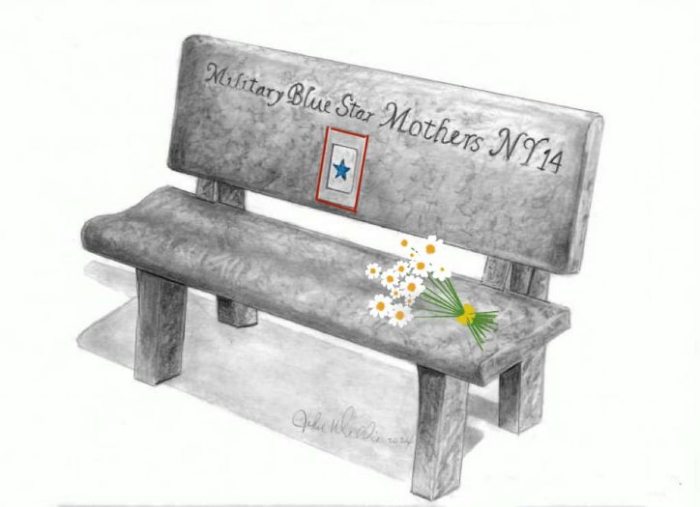Written by Caesar Cantone, PT, LAc, CMP
One of the most significant differences between Eastern and Western Medicine comes in the way each system diagnoses a disease. I’m not even talking about the language and terminology variations, which can be remarkably extreme and even overtly flowery in ancient Chinese, such as assigning “an effluence of ministerial fire stirring up interior wind” for a “hypertension” diagnosis. However, what really separates the two in terms of treatment for a patient is not just “how” each system characterizes the disease process, but “when” they choose to do so. To be a little less vague, you have to understand that within our modernized medical system, there are many symptoms, such as certain pains or tightnesses or twitchings you might be feeling in your current condition, which fall outside of the “quantifiable scope of a labeled disease.” Although very real to you, these same symptoms may be considered “normal anomalies” — not pathological enough to limit everyday function — and therefore, not even classifiable as warranting a cure.
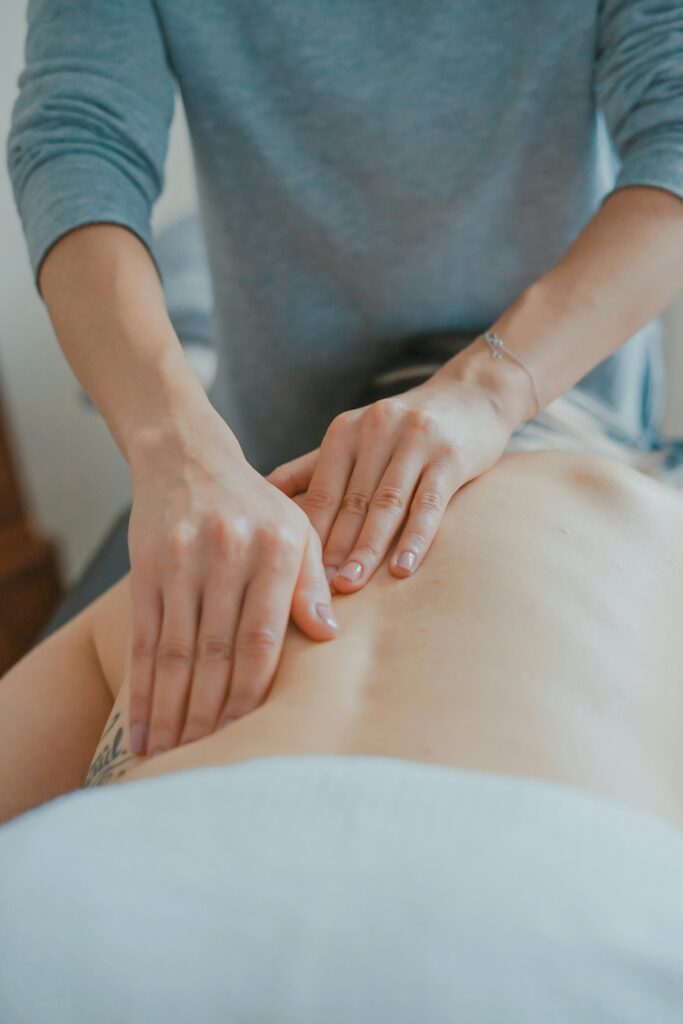
A common, widespread, and even rampant example of this type of embarrassing, hands-off approach is in the diagnosis and treatment of women’s menstrual pain. And, if you’re a man reading this and want to skip hearing about girl problems, be reassured that prostatitis pain isn’t treated much differently.
Aside from specific female-based conditions, like endometriosis or uterine fibroids, lower abdominal cramps and associated spasms are classified as “normal pain” that “some” women may experience while menstruating. The treatment is usually dismissive at worst and palliative at best — the old standby triad of Tylenol, rest, and a heating pad just below the navel. Much of the global pharmaceutical economy thrives on the “Average Joe or Jane” taking care of his or her “lesser” problems with decades of over-the-counter self-dosing treatment.
Hopefully you won’t be pushed into hormone therapy or psychiatric medication as your last and only resort.
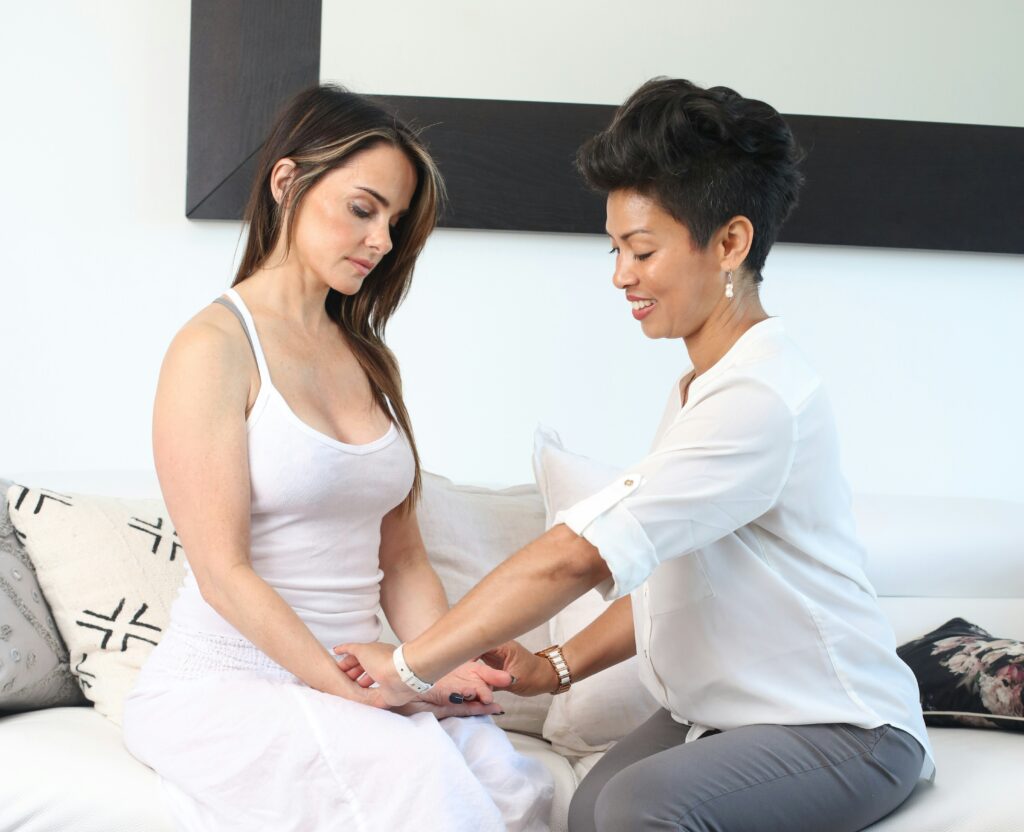
It’s not that there’s anything inherently unethical with a gynecologist or urologist prescribing this sort of seemingly absent-minded, algorithmic approach to treatment, they’re just performing within the industry’s limitations of what they can do. They’re not bad doctors, and I’m sure they genuinely care about you. Unfortunately, your nuisance collection of belly aches doesn’t push you far enough down the bell-curve to be a syndrome or disease in the Western Medicine system.
Hopefully, a good doctor would recommend holistic treatment options outside of his or her scope of expertise, and consider the possibility of an Eastern medicine referral as well.
There is an old Chinese expression about physicians that says “a mediocre doctor can cure the disease when it’s in front of him, but a good doctor can prevent the disease before it manifests.” This is only possible if your doctor is able to put together your seemingly “irrelevant,” or “unclassifiable,” symptoms and construct a diagnosis based on a pattern of what “may likely happen” if left untreated. In fact, much of the mysticism around many renowned Chinese doctors stems from their almost supernatural ability to foresee someone’s future illness.
Even the smallest and most insignificant of symptoms actually exist on a much larger continuum of illness and disease. There is no sharp cut off period where one set of problems you were once experiencing is now considered worthy of attention. For example, the tight upper traps and neck muscles you may feel could be due to the same stress response inside your body that is also causing anxiety and insomnia. In this case, a simple neck problem is actually part of a deeper internal dysfunction that should not be ignored.
Not every stiff neck is the same. Treatment for the exact same diagnosis, called “cervicalgia,” may have very different treatment variations in Chinese medicine, regardless of what your Xray shows. Many contemporary physical therapists dismiss the idea that neck pain can come from sitting in a draft, simply because it is not a rigidly based in anatomical studies.
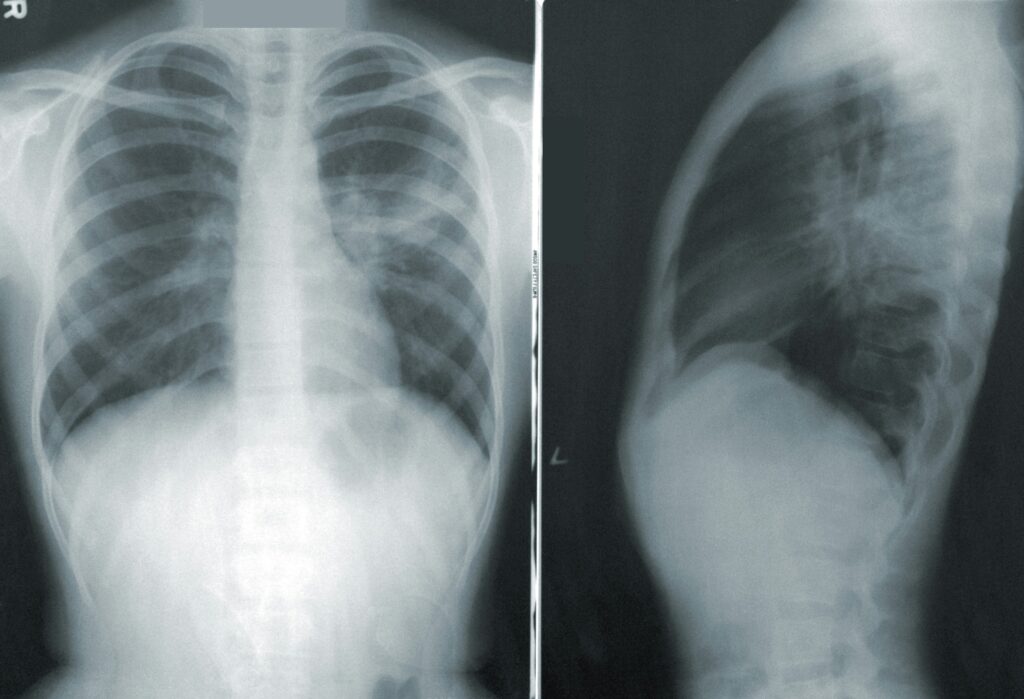
I’m sure you already know that you can catch a cold in your lungs, such as when a virus invades your immune system, but did you know you can also catch a “cold in your neck?”
I remember a twenty-five year old office worker who came to me once because of a sudden, unprovoked onset of severe neck pain and stiffness. She had no prior injuries or history of a neck problem. She just woke up from the pillow, sat up, and she couldn’t move her head in any direction. From an orthopedic perspective, it definitely seemed odd that everything hurt and nothing made it better, except a warm pack placed atop the muscles around the base of her head and neck.
Upon a further and more holistic examination, the skin around her neck was cool to the touch, compared to the other regions of her body. She recently had a depressed mood, stomach reflux pain, and strange body aches for a couple of days prior to her neck problem. As an acupuncture diagnosis, I knew exactly what this way, “a cold pathogen invading the superficial muscle levels of her body.” The treatment was specific and intentional, releasing the tension from the skin and muscles by stimulating meridian points, followed by the use of warmth to drive out the coldness. Like many other “colds,” in three to five days it spontaneously resolved itself.
The modern, Western diagnosis, was simply “neck spasm,” and all those unrelated symptoms of reflux and depression were just part of having a bad night’s sleep. The treatment is Tylenol, a hot pack, or whatever… It’s not a “real” problem.
The point here is not to belittle one system over another, but to realize the inherent advantages and disadvantages of Eastern and Western medicine. Personally, I would not hesitate to go to an emergency room instead of an acupuncturist if I suffered heat stroke with severe dehydration and feared I could imminently die.
On a counterpoint, it is important to remember that in some cases insignificant pains can be indicative of deeper problems elsewhere in the organ systems.
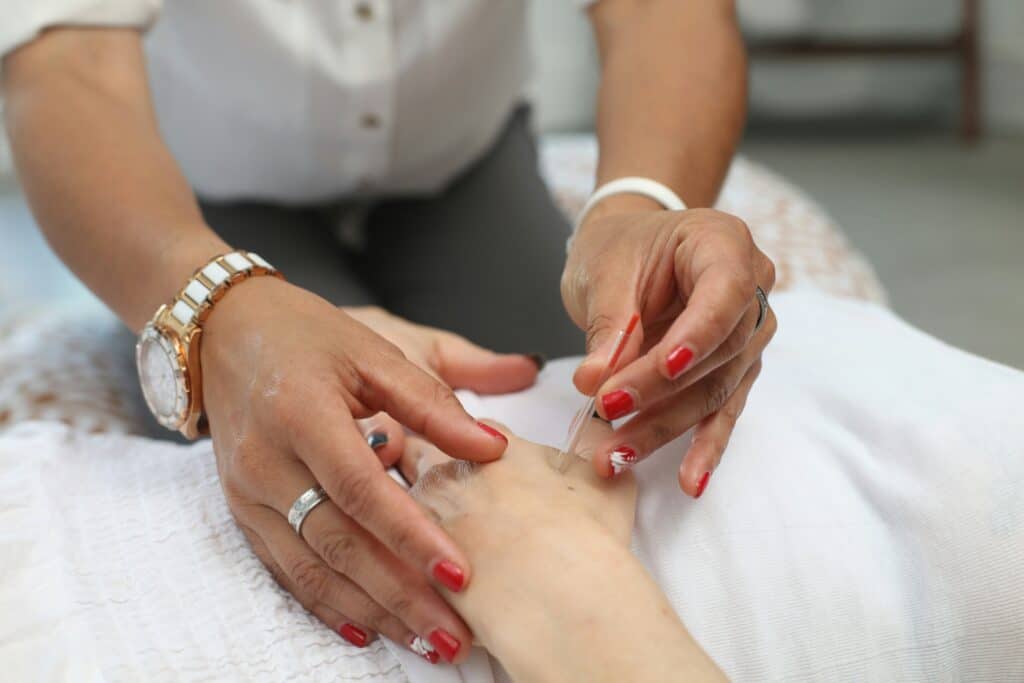
I’ll be the first to admit, I am certainly not an expert in all avenues of the human body and healing. I rely on other specialists to work with me for the betterment our mutual patients. My patients rely on me to help guide them toward the right specialists within the larger healthcare system.
“When in doubt, refer out!” That’s what we always learned in the early days of our physical therapy training programs.
Again and again, I cannot emphasize to you enough the importance of imaging and testing… and at least a doctor’s screening. It’s always great to read books and discuss theory about anatomy, pain variations according to soft tissues and myofascial restrictions — but only after a potential serious condition is ruled out.
And if, indeed, it does turn out that your pain symptoms have progressed to the level of a significant classifiable disease, you have to be accommodating and adaptable with your approach to the treatment process. Conditions like diabetes, fibromyalgia, rheumatoid arthritis, reflex sympathetic dystrophy, and even chronic pain may require you to change your mindset, modify your expectations, and recreate a lifestyle that may be more restrictive — and inconvenient — but also more conducive to healing and improved comfort.
Alté View was founded by Caesar and Natalia Cantone in 2021 as a specialty healthcare clinic that would offer a combination approach of multiple disciplines within the same treatment program, all while providing exceptional one-on-one care. The Cantones combine the holistic therapies of nutrition, acupuncture, and physical therapy in order to help their clients achieve an optimal sense of health and wellness.
Alté View (www.alteview.com) is located at 505 Northern Blvd., Suite 209 in Great Neck.
Editor’s note: This post is reprinted with permission from Alté View. The original post was published on April 23, 2024 on the Alté View website by Caesar Cantone, PT, LAc, CMP.










